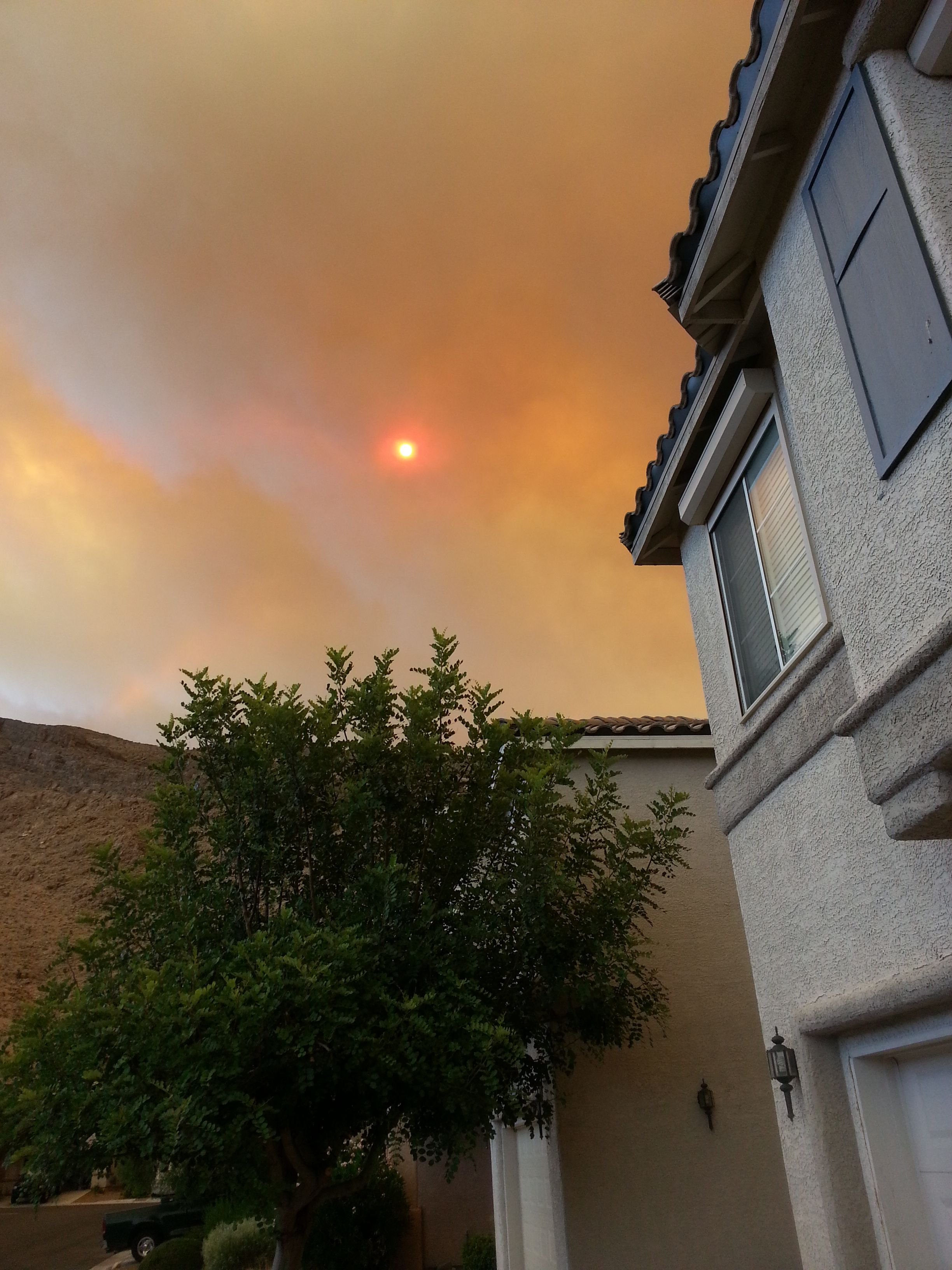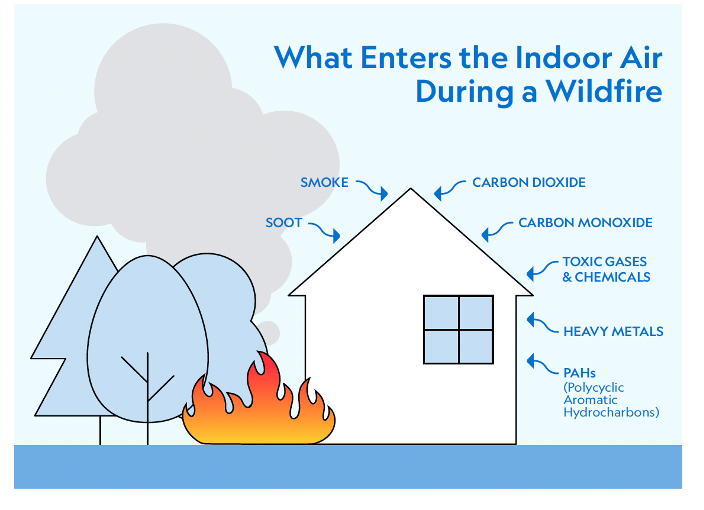Wildfire Smoke Warning
Published 2025-05-01
How Wildfire Smoke Damages Indoor Air, and Your Health
Wildfires are no longer seasonal—they’re a year-round threat to public health and safety. Flames, physical safety and property loss are the immediate danger. But an even more serious, the hidden risk that comes from smoke seeping into our indoor spaces.
Read Breathing in Danger: How Wildfire Smoke Compromises Indoor Air Quality and Your Health. Our article explains how wildfire smoke harms humans and indoor air.
Wildfire smoke contains fine particles (PM2.5), toxic gases, and cancer-causing chemicals. These pollutants are especially dangerous for children, older adults, and people with breathing or heart problems.
The article explains that fire pollutants can enter buildings through small gaps, low-grade HVAC systems, and even on people’s clothes. Wildfire smoke can cause short-term problems like headaches, asthma attacks, and heart stress. It can also create long-term issues like cancer, memory loss, and a weaker immune system.
Even in homes and offices far from the flames, airborne toxins from distant fires can persist indoors for days or weeks. This makes understanding and addressing indoor air quality during wildfire events more critical than ever.
To protect indoor spaces, WellAir brings two powerful solutions: the Novaerus Defend 1050 and Plasma Air soft ionization systems.
The Novaerus Defend 1050, with its certified HEPA filtration, massive carbon filter, and NanoStrike™ pathogen inactivation, offers medical-grade protection.
Meanwhile, Plasma Air’s HVAC-integrated soft ionization technology neutralizes and reduces smoke particles and gases 24/7, lowering exposure to airborne pollutants.
These solutions also offer unmatched sustainability, low operating costs, and quiet, whole-building coverage.
This article is a must-read for building managers, school officials, healthcare administrators, and homeowners alike.

